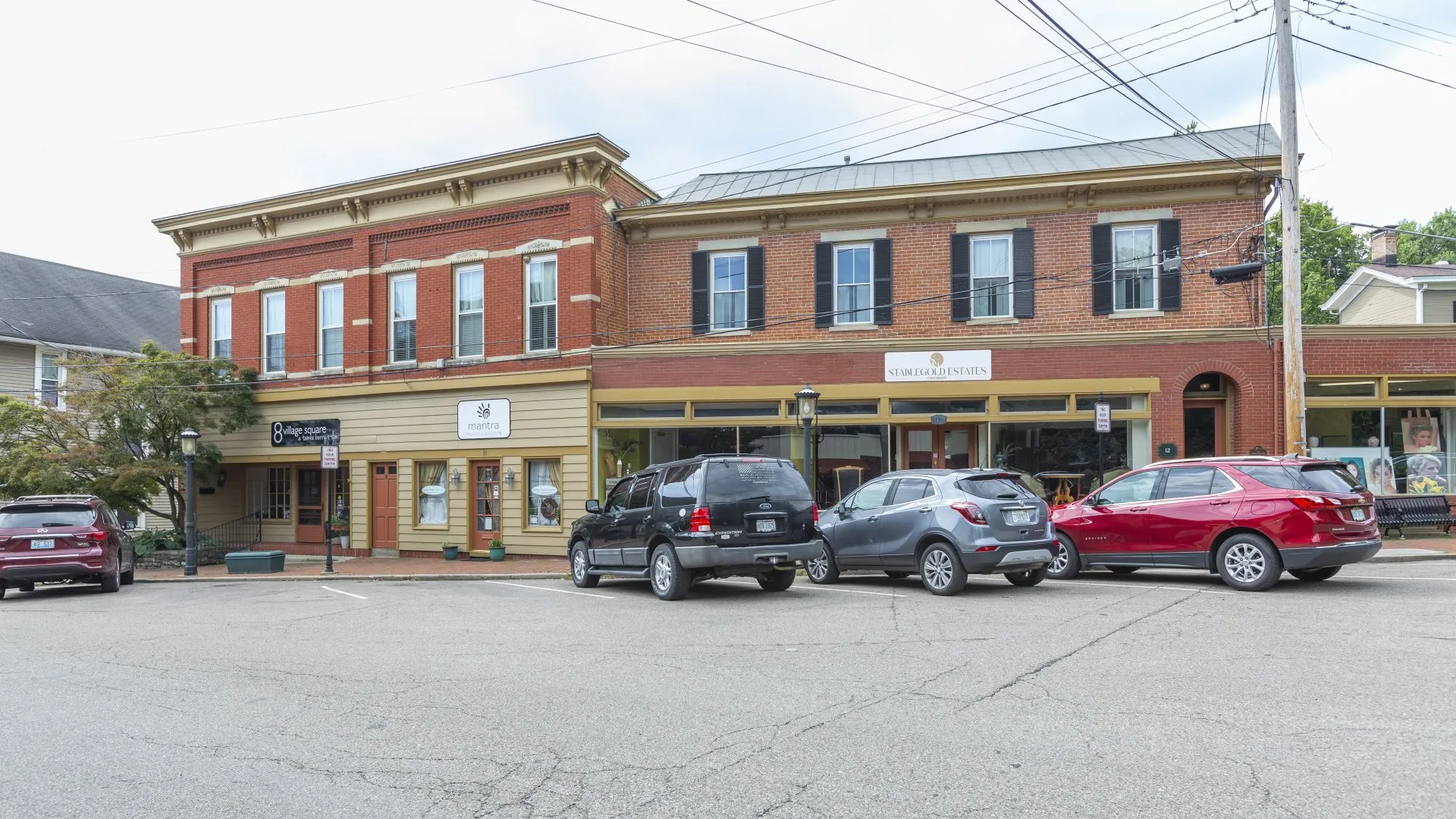Real Estate Insights: Maximizing Returns Amid Interest Rate Volatility
In real estate, one of the most critical external factors influencing an investor’s success is the interest rate environment. These rates, set by central banks and influenced by broader economic conditions, ripple through the financial markets and can impact property valuations, cap rates, and overall investment returns. For seasoned investors, understanding the ebb and flow of interest rates isn't just a matter of forecasting but of strategic adaptation.
Whether you’re focused on residential, commercial, or mixed-use properties, the ability to read the market and adjust your investment approach based on interest rate changes can be the difference between thriving in the market or just getting by. Here’s how savvy investors can position themselves to maximize returns, regardless of interest rate shifts.
How Interest Rates Shape Real Estate Profitability
Interest rates directly affect two major aspects of real estate investing: the cost of borrowing and the expected return on investment (ROI). When interest rates are low, borrowing becomes cheaper, and investors can leverage more capital at a lower cost. This generally translates into higher cash flow from rental properties and improved margins on flips or developments. On the flip side, when interest rates rise, borrowing costs increase, and so do monthly payments on existing debt.
But the influence of interest rates doesn’t stop at the cost of financing. Higher rates typically push cap rates higher, meaning the overall valuation of properties may decrease. Investors holding assets in a rising-rate environment may see their property values decline unless they adjust their financial strategy to compensate.
Capitalizing on Low-Interest Rate Periods
In a low-interest environment, real estate investors have a golden opportunity. Here are some strategies to implement when interest rates are favorable:
- Expand Your Portfolio: With cheaper financing available, it’s an ideal time to acquire additional assets. Whether you're looking at multifamily homes, commercial spaces, or land, the low borrowing cost will allow for greater returns.
- Refinance for Lower Rates: Investors holding properties financed at higher rates should strongly consider refinancing. By locking in lower rates, you can decrease monthly expenses and increase your cash flow. This move is particularly effective for long-term holds.
- Explore Value-Add Opportunities: Low interest rates also allow you to consider more capital-intensive projects, such as value-add renovations or property developments. With reduced borrowing costs, the returns on such investments can be significantly higher.
Adapting to High-Interest Rate Environments
While a rising interest rate may seem like a challenge for investors, there are still profitable ways to adapt:
- Shift to Lower-Risk Assets: Higher rates can mean lower margins, which might prompt you to shift your focus to less volatile investment options. Assets such as core office buildings, essential retail spaces, and multifamily units in strong markets tend to perform well in such environments.
- Creative Financing: Traditional financing may become less attractive in a rising rate environment, but alternative options like seller financing, lease options, or joint ventures can be effective tools to close deals without taking on high-rate loans.
- Focus on Long-Term Holds: As rates rise, short-term speculation may become riskier. Long-term investments, especially in stable markets, allow you to ride out interest rate fluctuations and benefit from eventual economic rebounds. Holding onto properties during rising rates can still yield steady rental income, even if appreciation slows.
Hedging Against Interest Rate Volatility
To protect your portfolio from sharp interest rate fluctuations, investors can consider a few key strategies:
- Fixed-Rate Financing: Opting for fixed-rate loans ensures that your debt costs remain stable, even if interest rates rise. While adjustable-rate mortgages (ARMs) might offer a lower rate initially, they can leave you exposed to future rate increases.
- Diversify Your Portfolio: Diversification is always a key principle in investment, but in real estate, it’s crucial during periods of interest rate uncertainty. Spreading your investments across different property types, geographic regions, or even investing in REITs can help mitigate risk.
- Stay Informed: Interest rates are influenced by various factors—central bank policies, inflation, and broader economic trends. Regularly following economic news, Federal Reserve updates, and market reports can give you a head start on future rate movements, allowing you to adapt your strategy preemptively.
Preparing for Future Rate Changes
No one can predict interest rates with complete accuracy, but by preparing in advance, you can position your real estate portfolio to thrive regardless of market conditions. Investors should always be ready to pivot, whether by locking in low rates or finding creative solutions when rates rise.
Conclusion: Stay Agile in Changing Markets
In real estate, success is rarely static. The best investors are those who remain adaptable and continually adjust their strategies as market conditions shift. Interest rates, while unpredictable, offer savvy investors both opportunities and challenges, and understanding their impact is essential for long-term growth.
By staying informed, being flexible, and thinking ahead, you can ensure your real estate portfolio remains profitable—no matter where interest rates go next.



